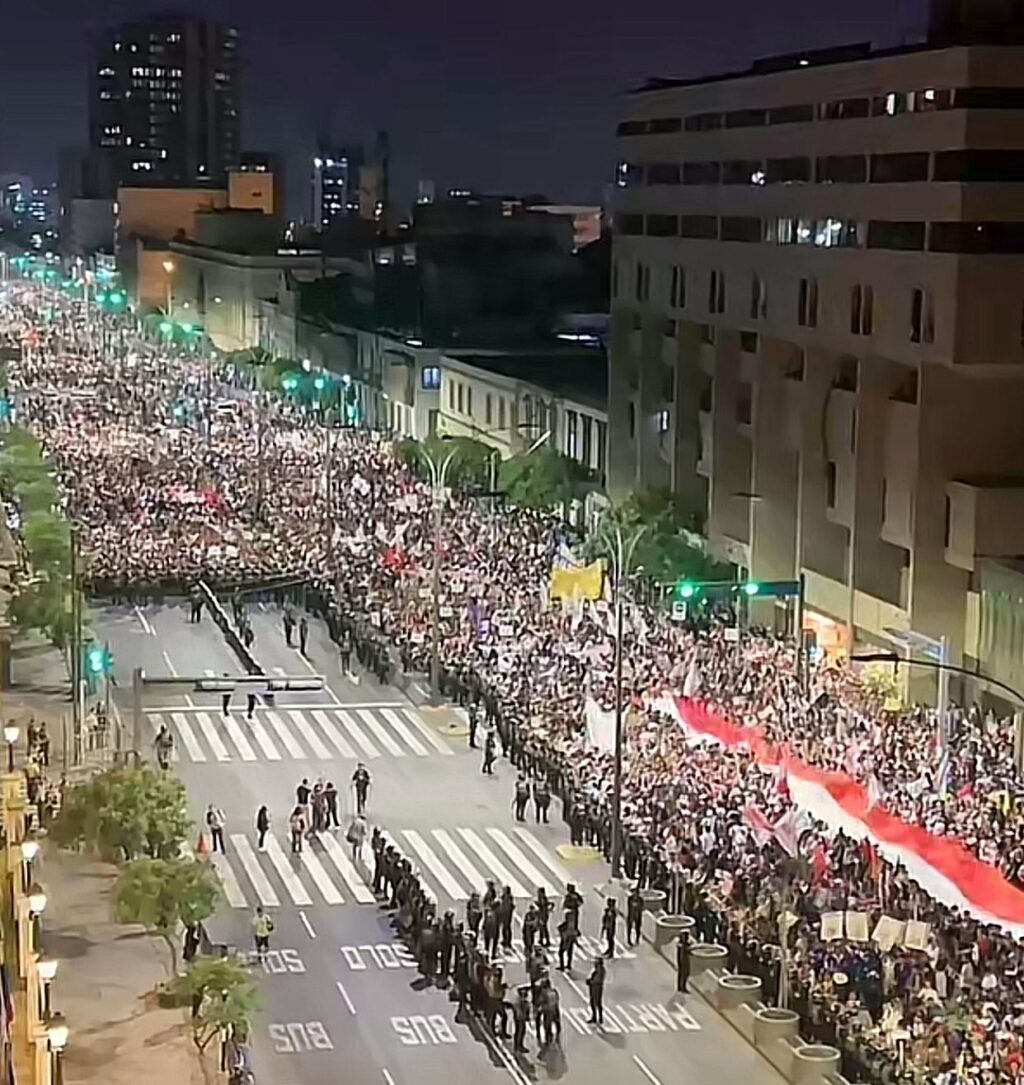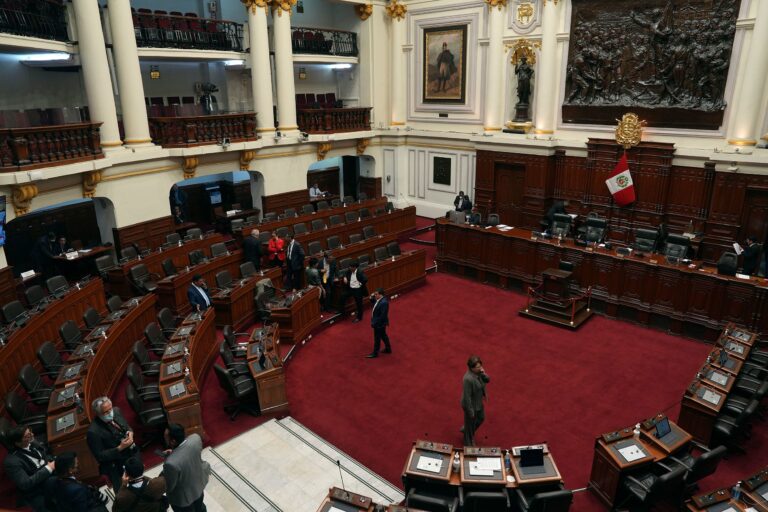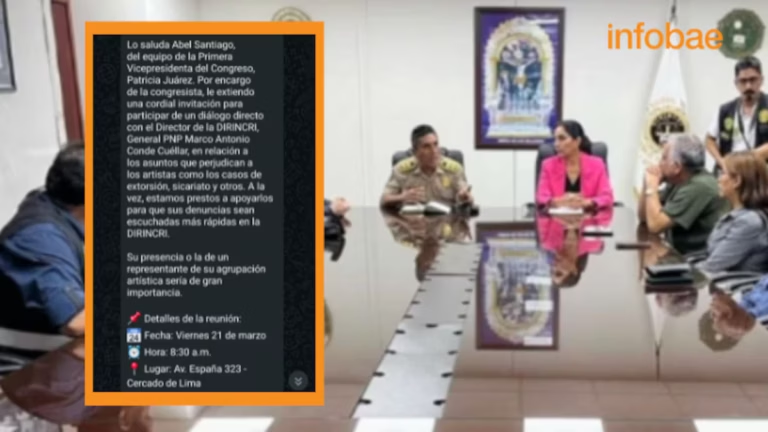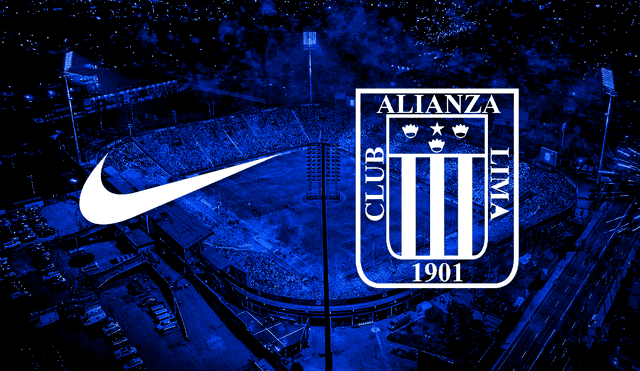
Last night, the streets of Lima, Peru, came alive with the voices of thousands of citizens united in a powerful march against President Dina Boluarte’s administration. The protest, which unfolded under the city’s glowing lights on the evening of March 21, 2025, was a vivid display of frustration, solidarity, and a collective demand for change in a country grappling with deep-rooted issues of corruption, insecurity, and political instability. This demonstration, captured in a striking image shared on X by user
@PitucadeBarrio, serves as a testament to the Peruvian people’s unwavering commitment to their rights and their nation’s future.
The Scene on the Ground
The image of the march paints a compelling picture: a massive crowd stretching down one of Lima’s main avenues, illuminated by streetlights and the faint glow of the city skyline. Protesters of all ages filled the street, waving Peruvian flags and holding banners, some of which bore the colors of the national flag—red and white—symbolizing their deep connection to their country. A line of police officers stood watchfully along the road, a reminder of the tension that often accompanies such gatherings in Peru. Despite the heavy police presence, the atmosphere appeared charged with determination rather than violence, as the crowd marched with a shared purpose.
The accompanying post on X, shared at 00:24 UTC on March 22, 2025, encapsulates the spirit of the night: “Tú protesta es la mía, tu dolor también es mía, si tú marchas, yo también lo hago, busquemos el bien del país, lo mejor para el Perú, protestar no es un delito, es un derecho y también lo hacemos x los nuestros pero más por eso políticos corruptos. Dina ya caerás #NoQueremosMorir.” Translated, it reads: “Your protest is mine, your pain is also mine, if you march, I will too, let’s seek the good of the country, the best for Peru, protesting is not a crime, it’s a right, and we do it for our own but even more for those corrupt politicians. Dina, you will fall.” The hashtag #NoQueremosMorir (“We Don’t Want to Die”) underscores the urgency of the protesters’ demands, particularly around issues of public safety and systemic corruption.
A Nation’s Frustration Boils Over
The march is the latest in a series of protests that have rocked Peru in recent years, many of which have targeted President Dina Boluarte. Boluarte, who assumed the presidency in December 2022 following the ousting of Pedro Castillo, has faced relentless criticism and public unrest. Her administration has been marred by allegations of corruption, a failure to address rising crime rates, and a heavy-handed response to dissent—issues that have only deepened Peru’s political crisis. According to a 2021 AmericasBarometer survey by Vanderbilt University, 88% of Peruvians believe that more than half of their politicians are corrupt, a sentiment that has fueled widespread disillusionment with the government. Peru also ranks second-lowest in the region for satisfaction with democracy, with only 21% of respondents expressing contentment.
The protesters’ grievances are multifaceted. Corruption, as highlighted in a 2023 Foreign Policy article, has long been the “single historical factor” behind Peru’s political turmoil, seeping into nearly every public institution and exacerbating inequalities. This systemic graft has slowed economic development, crippled public services like education and healthcare, and left many Peruvians—particularly in rural areas—without basic necessities like potable water and electricity. Half of the population faces food insecurity, despite the country’s rich agricultural heritage, according to the United Nations Food and Agriculture Organization. The phrase “Roba pero hace obras” (“He steals but carries out public works”) has historically captured the resigned acceptance of corruption among Peruvians, but last night’s march signals that patience has worn thin.
Public safety is another pressing concern driving the protests. As seen during the Asia-Pacific Economic Cooperation (APEC) summit in November 2024, Peruvians have repeatedly taken to the streets to demand action against rising crime, which they argue is stifling investment and destabilizing daily life. Julio Campos, a protest leader from a transport union during the APEC demonstrations, emphasized that the issue of crime affects the broader business environment—a sentiment echoed by many in last night’s crowd.
Voices of the People
The X post by
@PitucadeBarrio reflects a deep sense of solidarity among Peruvians, transcending individual differences to focus on a shared goal: a better future for their country. The replies to the post, however, reveal the polarized nature of the discourse. Some users, like
@jeam0406, expressed support with a simple “Así es ” (“That’s how it is”), while others, such as
@Andresmumen, criticized the protesters with comments like “Votaste por el asno” (“You voted for the donkey”), likely referring to past electoral choices. The term “caviares”—a Peruvian slang for left-leaning elites often accused of hypocrisy—was thrown around in several replies, highlighting the ideological divides within the country. According to linguist Martha Hildebrandt, the term originated in the 2010s to describe certain political figures perceived as out-of-touch with the struggles of ordinary Peruvians.
Other responses were more cynical, with users like
@Golman9999 calling the march a “fracaso ruidoso” (“noisy failure”) and suggesting that the public has grown wise to the intentions of the so-called “caviar” left. Meanwhile,
@kitomena78 noted that the turnout was “poca gente” (“few people”) compared to an upcoming march planned for March 28, hinting at ongoing organizing efforts.
A Call for Change
Despite the divisions, the march in Lima last night was a powerful reminder of the Peruvian people’s resilience and their refusal to remain silent in the face of systemic failures. The protesters’ demands—Dina Boluarte’s resignation, an end to corruption, and greater security—echo the cries of previous demonstrations, such as the one on July 20, 2024, when hundreds marched in Lima for the same reasons. The hashtag #NoQueremosMorir is a poignant plea for a government that prioritizes the lives and well-being of its citizens over personal gain.
As Peru continues to navigate its political crisis, the voices of the people will undoubtedly play a crucial role in shaping its future. Last night’s march was not just a protest; it was a declaration of unity, a demand for accountability, and a hope for a Peru where corruption no longer holds the nation back. Whether President Boluarte and her administration will heed these calls remains to be seen, but one thing is clear: the people of Lima are ready to keep fighting for the change they deserve.





